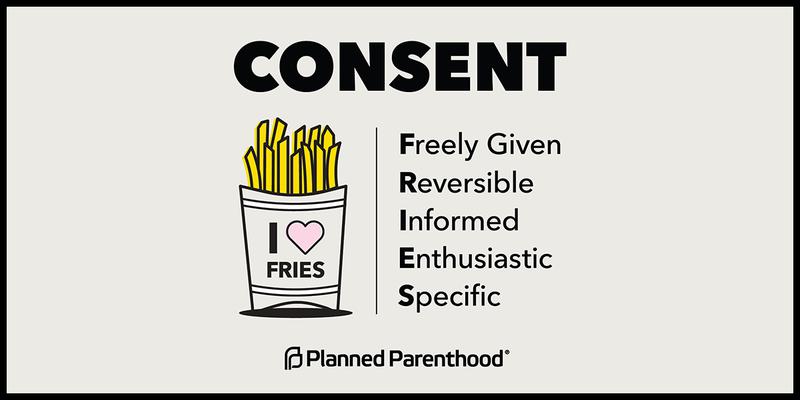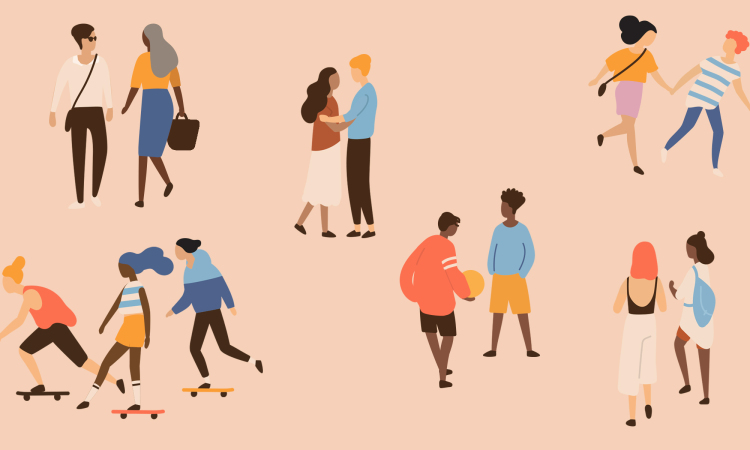Content warning: abuse and violence
On one side of the relationship spectrum are healthy relationships and on the other are abusive relationships or intimate partner violence (IPV). This type of violence happens in various relationships – family, friend or romantic and is quite common – https://www.cdc.gov/violenceprevention/intimatepartnerviolence/fastfact.html.

IPV can take many forms like physical, verbal or emotional, and sexual violence, and stalking. Other recognized forms include financial control, isolation from family and friends, and monitoring people’s movements and activities. Read about signs of IPV here – https://www.womenshealth.gov/relationships-and-safety/domestic-violence/signs-domestic-violence. It is possible to experience IPV in same-sex relationships. Mainly people experience similar signs of IPV, with a few other possibilities like threats to “out you” to your family or telling you that police won’t help people who are LGBTQIA+.
Another common form of interpersonal violence is sexual assault and rape. People of all sexes can experience sexual assault and help is available to all. People often experience feelings of guilt and shame and thus don’t seek help.
Both of these types of violence can have a profound effect on people’s health and it is important to prevent them whenever possible through laws, policies, and cultural norms.



